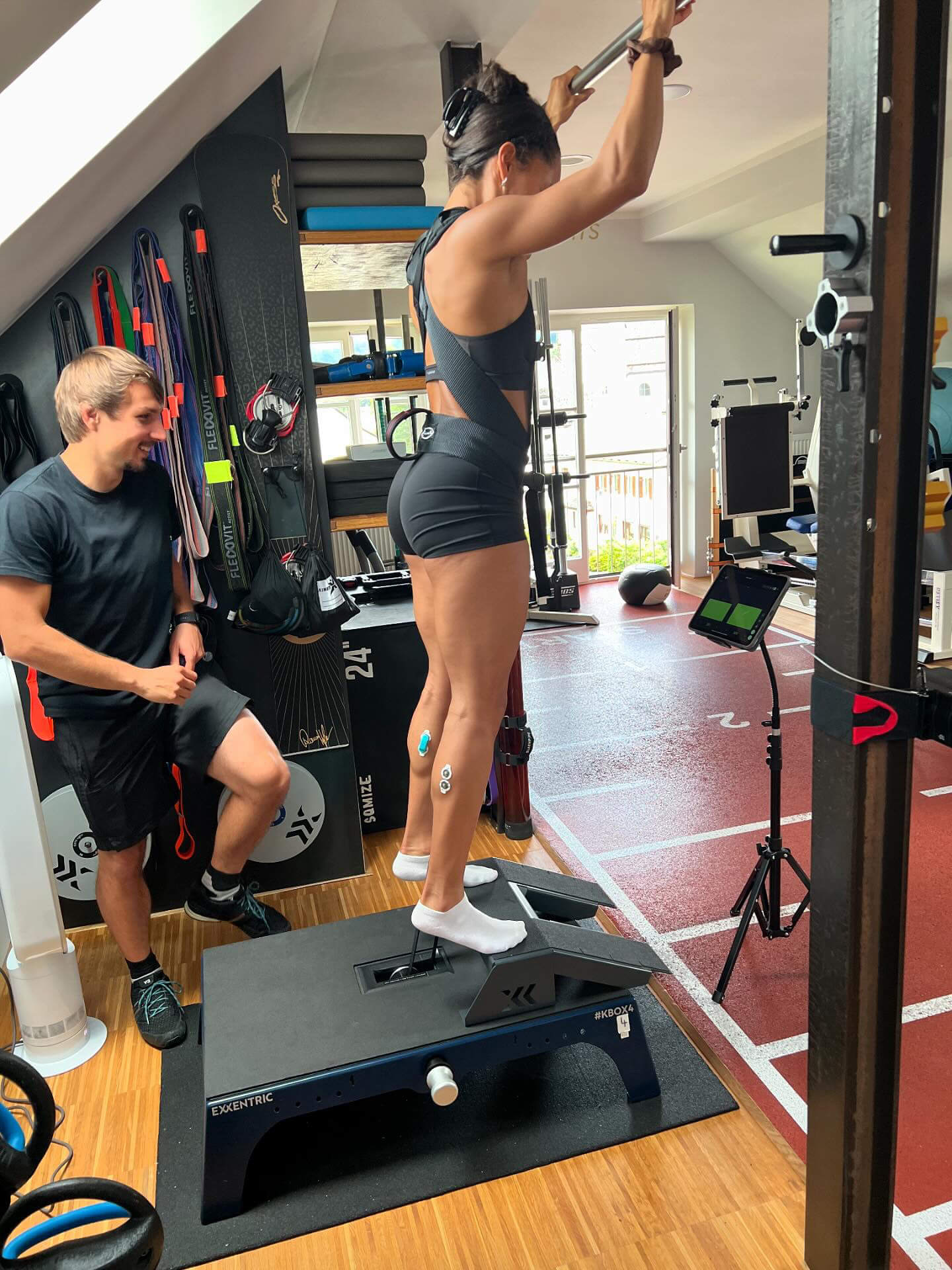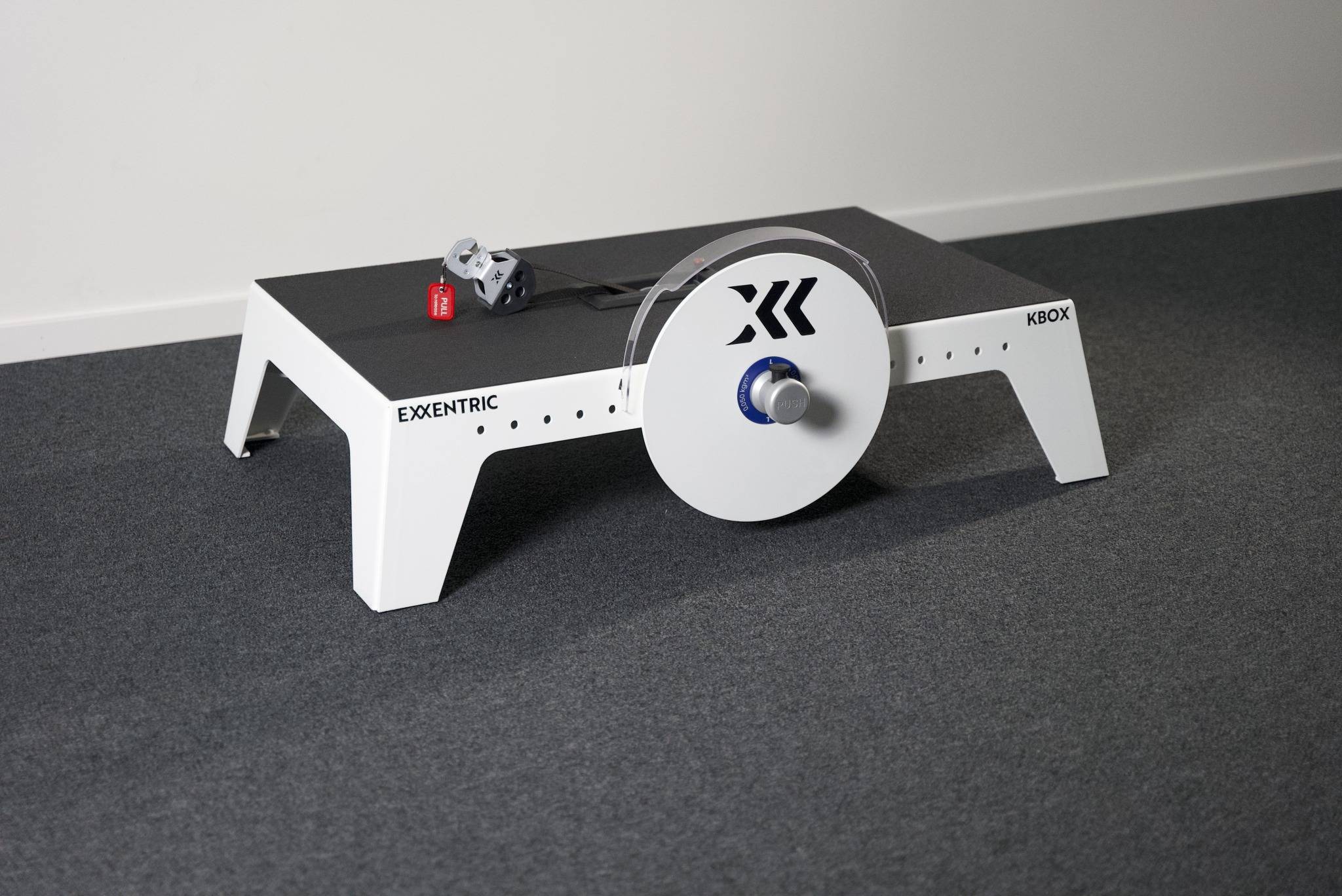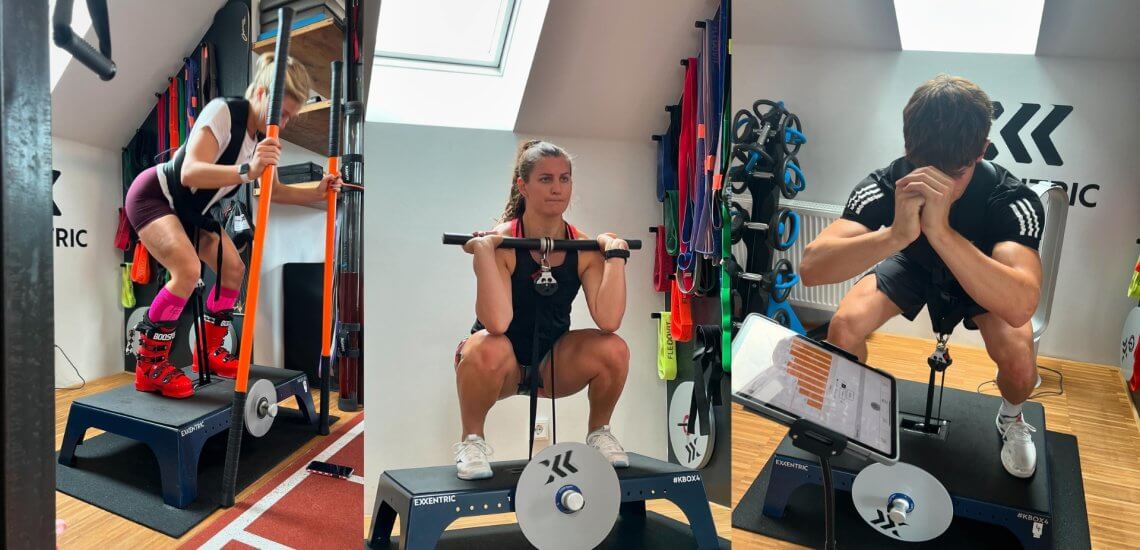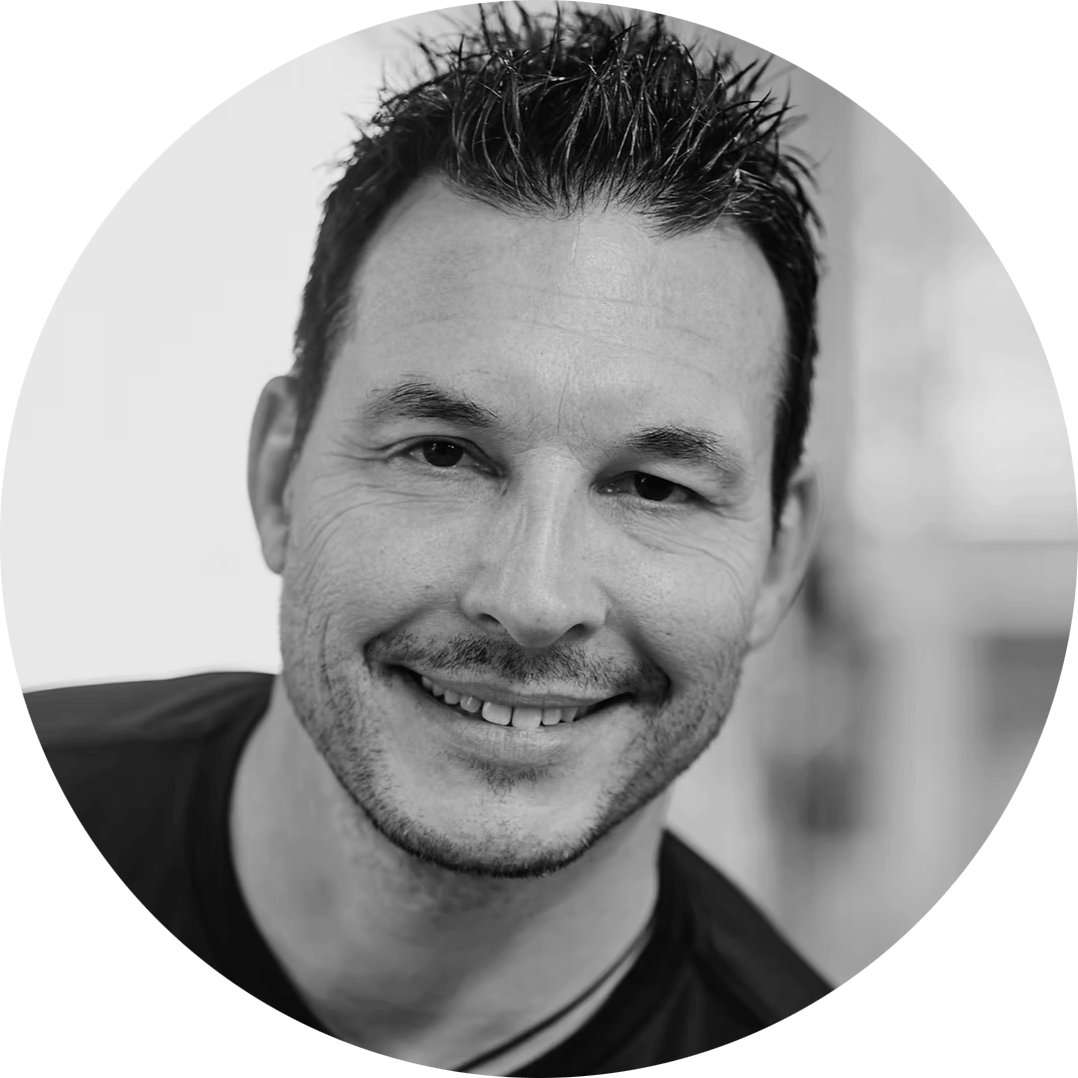From his beginnings as a massage therapist inspired by his father’s work, Marcus Hirschbiel has emerged as a leading force in sports physiotherapy. His passion for active, hands-on treatment and cutting-edge methods like flywheel training has helped both elite athletes and everyday patients achieve remarkable outcomes.
In this interview, Hirschbiel explains how his holistic, evidence-based philosophy—combined with the CE-certified kBox Medical device—is elevating modern rehabilitation. Discover how this innovative approach is redefining recovery and setting a higher standard for patient care.
1. Can you share with us your professional journey and what inspired you to pursue a career in physiotherapy and rehabilitation?
My father was a massage therapist who helped many people, including athletes. I always dreamed of following in his footsteps, so I started my training. However, I quickly realized that massage alone wasn’t enough for me to truly help people. A year after completing my initial education, I began my studies in physiotherapy. Once I finished that, I continued with courses in Strength and Conditioning, Manual Therapy, and enrolled in the International Academy for Sport Science (IAS) under Professor Bert van Wingerden.

2. How did your early experiences as a massage therapist and medical bath specialist shape your approach to patient care?
Those experiences taught me how to “read” structures and understand how I can help people through hands-on techniques.
3. What led you to realize that passive treatments alone weren’t sufficient for long-term patient success, and how did this influence your decision to become a physiotherapist?
I found that passive treatments alone cannot resolve active issues, especially in cases like ligament injuries or instability in the spine. I couldn’t believe someone could become stronger or more stable just by lying on a bench.
4. You’ve undertaken numerous advanced trainings over the years. How have these additional certifications, like manual therapy and sports physiotherapy, enhanced your practice?
Manual Therapy has greatly improved my diagnostic skills, enabling me to support my patients and athletes with training and active therapy. My sports physiotherapy training, particularly my IAS education, where I earned the title of Sports Physiotherapist and Physical Rehabilitation Trainer, has been the most impactful. From Professor van Wingerden, I learned about inflammation, wound healing, collagen processes, and how these influence high-performance athletic training.
5. In 2001, you took over your father’s practice and expanded it significantly. What was your vision for the clinic, and how did you make it a renowned rehabilitation facility?
I wanted our clinic to be among the top ten in Germany, especially in terms of therapy quality, rehabilitation, and athletic training. This quality quickly attracted the attention of doctors, athletes, and coaches from national teams and clubs.

6. How did your certification as a Physical Rehabilitation Trainer from the International Academy for Sport Science impact your work with elite athletes?
My IAS education, which earned me the title of Sports Physiotherapist and Physical Rehabilitation Trainer, has had the greatest impact. Professor van Wingerden taught me everything about inflammation, wound healing, and collagen processes, which are crucial for high-performance athletic training. For my work with elite athletes, this education has been one of my most valuable assets.
7. Since 2016, you’ve been using flywheel training equipment like the kBox in your practice. What initially attracted you to this technology?
I first saw the kBox at a facility where the therapists and coaches were doing excellent work. I spent a year exploring the benefits of flywheel training for my athletes before deciding to invest in my first kBox.
8. Can you discuss how integrating flywheel training has transformed the rehabilitation outcomes for your patients and athletes?
The benefits for collagen structures, along with the significant improvements in max power, speed, and overall robustness, have been remarkable. Flywheel training is a safe but intense method that allows both athletes and regular patients to become stronger and more functional compared to traditional weight training.
9. You’ve been leading the Exxentric Flywheel Trainer certification in Germany and Austria since 2020. How has this role influenced your perspective on flywheel training in rehabilitation?
I only teach what I actively use and believe in. I spent five years teaching 30 manual therapy courses a year, as it’s one of the most effective passive therapies, in my opinion. Since teaching the Flywheel Trainer certification, I’ve applied a more scientific approach, but my use of flywheel training remains strong—it makes up over 60% of my elite and rehabilitation training.
10. The kBox Medical is now CE-certified and tailored for rehabilitation professionals. From your experience, how significant is this certification for clinical practice?

Having the CE certification is very important! In Germany, if you work with patients and have contracts with health insurance companies, you need certified medical equipment. It was long overdue for this certification, as it allows us to work legally in rehabilitation settings!
11. How does the kBox Medical’s increased durability and design enhancements benefit a busy rehabilitation facility like yours?
I’m known for using only the best equipment, and my patients and athletes appreciate it. For other facilities, this durability could be even more valuable.
12. The new kBox Medical offers multilingual onboarding in multiple EU languages. How important is this feature for practitioners and patients in a diverse European context?
It’s incredibly important, even in our globalized world. For example, the availability of the Flywheel Trainer Education in German has led to greater adoption of Exxentric devices among German and Austrian therapists and coaches. Different languages make a big difference, especially with the national pride in many countries.
13. In what ways do you believe the kBox Medical meets the demands of modern rehabilitation practices better than previous models?
Having a certified medical product gives practitioners confidence that they’re working with reliable equipment, which is essential for patient safety. Though the device itself hasn’t changed much besides the color, the medical certification is vital for reassuring clinicians and patients alike.
14. Can you provide real-world examples of how you’ve used the kBox Medical in your rehabilitation programs to improve patient outcomes?
For ACL rehabilitation, we see improved max power, speed, and quality in jumping and landing. The kBox Medical is also particularly effective in patellar tendon rehab. Above all, it significantly boosts collagen synthesis, which is essential for the best outcomes.
15. How does the kBox Medical integrate into existing clinical workflows, and what efficiencies does it offer to rehabilitation specialists?
The kBox Medical is easy to integrate into any clinical workflow, whether you’re working with post-surgery patients, orthopedic patients, or in neurological settings. It’s affordable, safe, and particularly effective for older patients and those in early rehab stages. It provides optimal training for collagen synthesis, tendon rehab, and spinal rehabilitation—all while keeping patients engaged without just lying on their backs.



